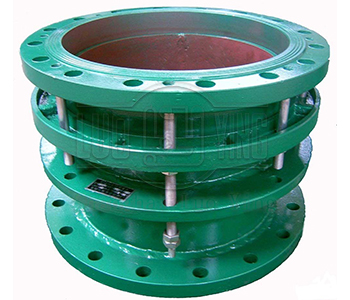Are double flange force transfer joints affected by temperature?
Jun-23-08
Are double flange force transfer joints affected by temperature?Double flange force transfer joints are new products used to connect equipment such as pumps and valves to pipelines. They are fully bolted so that they become one unit with a certain displacement for installation and maintenance according to the site. Adjusting the installation size, the axial thrust can be transmitted back to the whole pipeline when working. This not only improves the working efficiency, but also plays a role in protecting equipment such as pumps and valves.
Many people will have questions about double flange force transfer joints, that is, will the force transfer joints be affected by temperature? Temperature mainly includes high and low temperature. Here I will explain in detail the effect of temperature on power transmission joints. Influence.

When working, double flange force transfer joints should not only strictly control the temperature, size, fluidity and corrosion of the material to avoid controllability problems.

